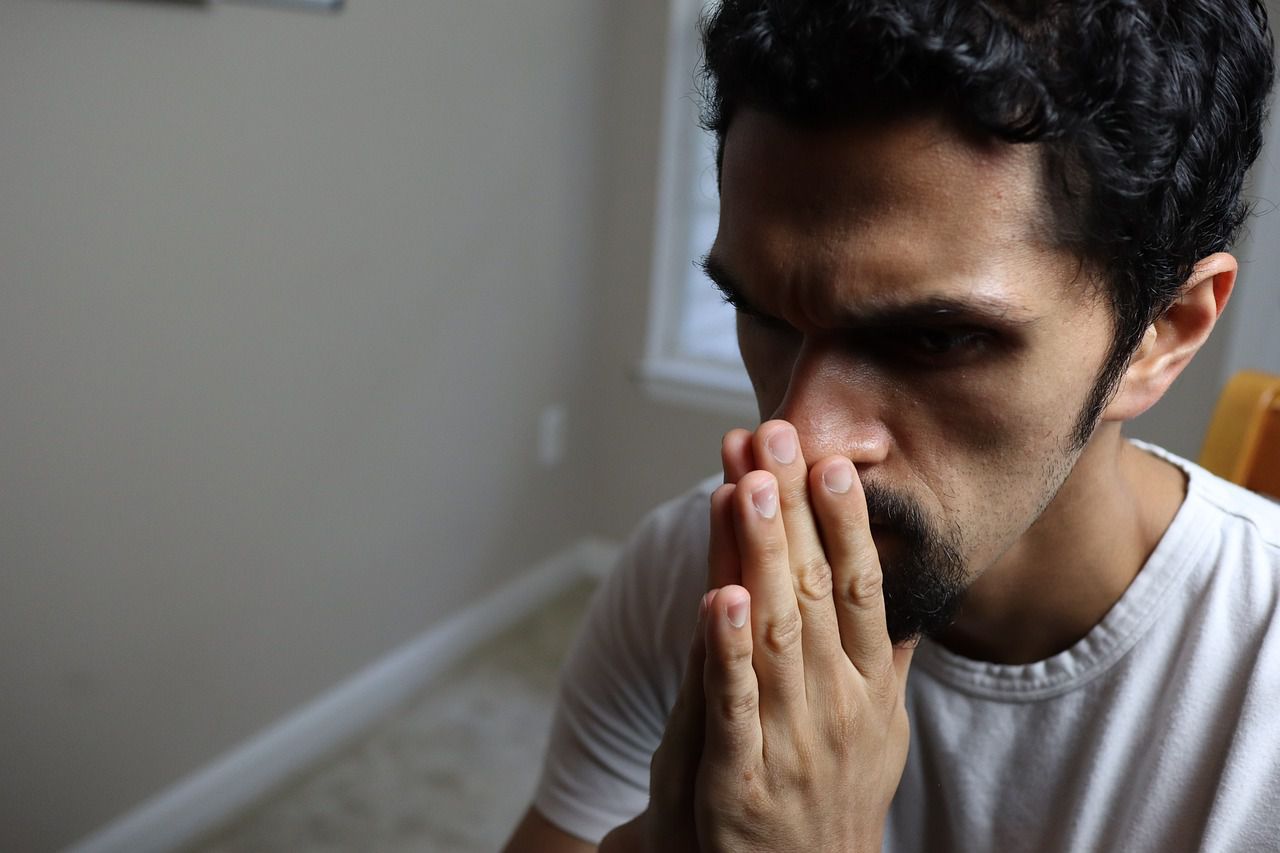Anxiety for no reason: Psychologist's insights
Sometimes you can explain your anxiety, at least a bit - but sometimes it seems completely illogical and unexpected.
Psychologists claim that it happens to many people regularly, and it can be quite normal, unless it happens too often.
Here are a few reasons why you might have anxiety for seemingly no reason.
Stress Buildup
Anxiety can be like a pressure cooker. Over time, stress can build up in your mind and body.
Even if nothing specific is bothering you at the moment, that built-up stress can make you feel anxious.

Chemical Imbalances
Your brain uses chemicals called neurotransmitters to send messages.
Sometimes, these chemicals can get out of balance, leading to feelings of anxiety even when everything seems fine.
Past Experiences
Sometimes, past experiences or traumas can leave a lasting impact on your mind.
Even if you're not consciously thinking about them, they can still trigger anxiety.
Subconscious Concerns
Your brain can sometimes pick up on subtle signals that you're not consciously aware of.
So, even if you don't think you have a reason to be anxious, your brain might be sensing something that you're not fully aware of.
Generalized Anxiety Disorder
Some people have a condition called generalized anxiety disorder, where they tend to feel anxious about many things, even when there's no obvious reason.
Conclusion
It's important to remember that feeling anxious for no reason is not uncommon, and it doesn't mean there's something wrong with you.
It's just a sign that your body and mind are reacting to different factors, some of which may be hidden or subconscious.
If it becomes overwhelming or interferes with your daily life, it's a good idea to talk to a healthcare professional who can help you manage it.
